Table of Contents
Easy Gluten Free Baby Led Weaning Recipes and Ideas
What do we know about gluten free diets?
Gluten is a protein that is found in wheat, barley and rye. Gluten-free diets means eating only whole foods that don't contain gluten, such as fruits, vegetables, meat and eggs, as well as processed gluten-free foods like gluten-free bread or pasta.
Some people may have had a medical diagnosis of coeliac disease, which is where the immune system reacts to the gluten in food and damages the gut. In these situations, gluten must be removed from your diet in order for the gut to heal. Others may have a gluten intolerance, which can make you feel sick after eating gluten. You might get bloated, nauseous or gassy.
Gluten intolerance causes a lot of the same symptoms as celiac disease, but it's not the same condition.
It can be very worrying if your child suffers with an intolerance.
The best thing you can do when starting the weaning process is introduce one allergen at a time.
For example, try milk, eggs and then wheat. It is best to try these foods which may cause a reaction in the morning so that if there is a problem, you have the daytime to spot any reactions. Usually reactions show after a few minutes after eating, but bear in mind this is not always the case and your baby should be closely monitored throughout the day.
Whilst there is no specific treatment for those who need to completely cut out gluten from their diets, babies can still enjoy their meals with the family.
How to Follow a Gluten-Free Diet in Babies and Toddlers
Introducing solid foods to babies and toddlers can be an exciting milestone, but for those with gluten intolerance or coeliac disease, it requires some extra planning. A gluten-free diet is essential for these little ones to maintain their health and well-being. Here are a few key tips on how to successfully follow a gluten-free diet in babies and toddlers.
Consult with a healthcare professional: Before making any dietary changes, it's crucial to consult with a paediatrician or a registered dietitian specializing in paediatric nutrition. They can guide you through the process, provide valuable advice, and create a personalized plan tailored to your child's specific needs.
Read labels meticulously: Gluten can hide in numerous unexpected foods and ingredients. When shopping for your little one, carefully read the ingredient labels of all packaged foods. Avoid products that contain wheat, barley, rye, or any other gluten-containing grains. Familiarize yourself with the terms used to describe hidden sources of gluten, such as modified food starch, malt, or hydrolyzed vegetable protein.
Offer naturally gluten-free foods: Focus on providing a wide variety of whole, unprocessed foods that are naturally gluten-free. Fruits, vegetables, lean meats, poultry, fish, eggs, legumes, and dairy products (if tolerated) can form the foundation of a healthy gluten-free diet. These foods are packed with important nutrients and are easily accessible for young children.
Be mindful of cross-contamination: Preventing cross-contamination is essential in a gluten-free kitchen. Use separate utensils, cutting boards, and cooking equipment when preparing gluten-free meals for your little one. If other family members consume gluten, ensure they thoroughly clean their hands and faces after eating to avoid accidental exposure.
Experiment with gluten-free alternatives: Thanks to the increasing awareness of gluten-related disorders, there are now numerous gluten-free alternatives available in stores. Experiment with gluten-free flours like rice, quinoa, or coconut flour in homemade healthy finger food or baked goods. Replace traditional pasta with gluten-free varieties made from corn, rice, or legume flours to keep mealtimes interesting and enjoyable.
Stay vigilant during social events: Navigating social events, such as playdates or parties, can be challenging when adhering to a gluten-free diet. Communicate with the host in advance to ensure there are gluten-free options available. Alternatively, pack a few gluten-free snacks or meals for your little one to enjoy which would be a great option. Educate other caregivers, such as babysitters or relatives, on the importance of a gluten-free diet and how to keep your child safe from cross-contamination.
Remember, it's essential to be patient and persistent when following a gluten-free diet for babies and toddlers. Keeping a well-balanced and varied diet is vital for their growth and development and finding those easy recipes on my website to follow for baby. With the right information and support, you can successfully navigate the gluten-free journey, ensuring the health and happiness of your little one.
I have lots of gluten free baby food recipes that are easy to make and that are delicious for baby as their best first foods and of course suitable for the entire family.
In the recipes that are not gluten free, I will always write an alternative if possible, so take a look at my other recipes too to see the substitutions.
Gluten-Free Breakfast Food: Nourishing Options for Baby-Led Weaning and Toddlers
When it comes to introducing solid foods to infants and navigating the realm of toddler nutrition, we seek options that are not only tasty but also nutritious. For those looking to avoid gluten in their child's diet, there are an array of gluten-free choices that can offer great nutritional value during the baby-led weaning and toddler stages.
Gluten-free foods, by nature, eliminate the protein composite found in grains like wheat, rye, and barley that is known to cause an allergic reaction or intolerance for some individuals. While gluten itself is not inherently unhealthy, it is important for parents to ensure that their child receives a balanced and varied diet without relying on gluten-containing foods alone.
To maintain a well-rounded approach, parents can explore alternative grains and starches that are gluten-free, such as quinoa, rice, millet, and oats. These grains can provide a variety of essential nutrients, including carbohydrates for energy, protein for growth and development, and vitamins and minerals like iron, B vitamins, zinc, and magnesium.
Moreover, incorporating a wide range of naturally gluten-free food groups is crucial for maintaining a diverse diet. Fruits, vegetables, lean proteins, dairy products (if tolerated), and healthy fats like avocados or olive oil can deliver vital nutrients while avoiding gluten. These foods contribute essential vitamins, fibre, calcium, and healthy fats necessary for the overall development and well-being of babies and toddlers.
Nutrient-dense gluten-free options can be easily prepared for baby-led weaning or toddler meals. Homemade gluten-free bread or muffins can be made using alternative flours like almond, coconut, or chickpea flour, packed with fiber, protein, and healthy fats. Gluten-free pasta or crackers made from rice or corn are also convenient options that can help encourage self-feeding and independence while avoiding gluten.
It is important to remember that while gluten-free food can be a healthy part of a baby-led weaning or toddler diet, it is crucial to consult with a healthcare professional or registered dietitian to ensure your child's individual nutritional needs are met. With proper planning and attention to a balanced diet, gluten-free options can offer valuable nutrients, aiding in the growth and development of your child during these crucial stages.
Here are my gluten free breakfast recipes:
This baked apple recipe is a fun way to serve apple to baby. Using lots of different ingredients to make the apple slices look fun and inviting to baby.
This is a great 3 ingredient millet porridge recipe - ready in 10 minutes. Start the day with a nutritious breakfast that can feed baby from 6 months old.
This is a really easy recipe to whip up in a hurry, perfectly filling! These cottage cheese pancakes do not contain flour which is great for gluten free babies.
This is a yummy and quick smoothie recipe with yogurt, peanut butter and banana and can be served in a cup for older kids or a bowl with a spoon for babies.
This oatmeal mug cake is soft and spongy and great for baby led weaning and little hands. The recipe uses the microwave and can be a fun breakfast or snack.
These banana pancakes are a great addition to the breakfast routine. Using only two ingredients they are a delicious recipe the whole family can enjoy.
This pureed rhubarb fool recipe is an easy make ahead breakfast on the go or yummy dessert for baby, toddler and the adults too! Good intro to a seasonal fruit.
An easy dairy free almond flour banana pancake recipe from 6 months old. A great easy breakfast that you could serve with plain yogurt and fresh berries.
A great way to add more fruit to your baby or toddler's diet. A fruit smoothie bowl can be made with frozen fruit to give a creamier and thick texture.
This healthy banana split is a colourful and flavourful twist on a classic dessert. Serve with yogurt, berries and peanut butter. Suitable from 6 months old.
A yummy make-ahead chia seed pudding recipe for breakfast or a healthy snack. This amazing superfood is the perfect option for your little one's growing needs.
Making Gluten-Free Lunchtime and Dinnertime Exciting for Babies and Toddlers
Ensuring that babies and toddlers on a gluten-free diet have interesting and nutritious meals can be a challenge. However, with a little creativity and planning, it is possible to make gluten-free lunches and dinners that are as delicious as they are exciting for little ones.
First and foremost, it's essential to focus on introducing a variety of naturally gluten-free foods to the child's diet. Colorful fruits and vegetables, lean proteins such as chicken and fish, and whole grains like quinoa and rice are all excellent choices. Get creative by offering a rainbow of fruits and veggies, cutting them into fun shapes or arranging them into a vibrant salad. Incorporating different textures and flavors will keep mealtime engaging and enjoyable for the little ones.
Next, think outside the box when it comes to gluten-free alternatives. There is an abundance of gluten-free grains, such as millet, amaranth, and sorghum, that can be used to create dishes like porridge, risotto, or even gluten-free bread. Opt for gluten-free flour blends made from rice, chickpeas, or almond flour to prepare delicious pancakes, muffins, or homemade pizza bases. Experimenting with these alternative ingredients can open up a whole new world of flavors and possibilities for gluten-free meals.
Lastly, involve your child in the meal preparation process as much as possible. Encourage them to help with simple tasks like washing vegetables, mixing ingredients, or assembling their own mini-pizzas. Making mealtime interactive and hands-on will not only keep them engaged but also foster a positive relationship with food. Remember, with a bit of creativity and enthusiasm, gluten-free meals can be just as exciting and delicious for babies and toddlers as any other cuisine.
Here are my lunch and dinner recipes:
Turn your Christmas day leftovers into a hearty turkey cottage pie. An easy recipe for the festive period. Suitable for the whole family from 6 months old.
This avocado and cottage cheese dip is a quick recipe for baby and the whole family to enjoy. Dip or spread on toast for a delicious snack or nutritious lunch.
This is a very quick curry recipe using leftover cooked chicken. A fun way to serve a curry to your baby from 6 months old. Great for the whole family too!
My parsnip puree recipe is a great option for babies and toddlers. You can customise by adding different fruit and veggies to make a yummy meal for baby.
This is a really easy cheesy, cheese sauce to make for baby and the whole family too! You can also easily make the recipe dairy free with a few swaps.
This is a great little idea if you are hosting a baby shower. The deviled eggs can be made in advance and are suitable for adults and babies from 6 months old.
This is actually a vegan kidney bean curry recipe is perfect for baby, toddler and the whole family too. A great plant based/dairy free dinner or lunch.
This courgette puree recipe produces a great smooth puree that can be added alongside finger foods for dipping. Excellent for younger babies starting weaning.
This is an easy to prepare and cook lentil soup for a baby-led weaning lunch or dinner recipe. A great nutritious complete meal for the whole family too.
If you are looking to introduce chicken to your baby for the first time, try this yummy chicken drumstick recipe. Great for older babies and toddlers too!
These courgette fritters are the perfect finger food for baby-led weaning, easy for little hands. Packed with vitamins and minerals and high water content.
This is a quick and easy baked avocado and banana baby-led weaning recipe for baby and toddler! Great for on the go weaning and the perfect finger food!
Simple crudites with a dip is a great veggie recipe for baby, toddler and the whole family. Requires minimal preparation and cooking time with fave veggies!
A sweet potato mash recipe for all the family to enjoy. Its soft texture and naturally sweet flavour, which makes it especially appealing to little taste buds!
This eggs-on-a-sheet-pan is an easy recipe for baby-led weaning breakfast, lunch or dinner. Great also for batch cooking and store in the fridge or freezer.
This pork mince shepherd's pie is an ultimate comfort food recipe great for baby-led weaning and for the whole family too. Apple is added for some sweetness.
A yummy carrot soup recipe for baby, toddler and older kids too - a great mid week meal. Carrots are naturally sweet and packed with vitamins and minerals.
This broccoli fritter is a great recipe for trying a broccoli finger food for the first time. It makes a speedy lunch and they are great for batch cooking too.
This is a great gluten free chickpea pasta sauce for baby and toddler. A quick recipe to make and store in the freezer in portions for lunch or dinner.
These gluten free mini pizzas are a great recipe for babies who have a gluten intolerance, or maybe to add a hidden veggie. One for the whole family to enjoy!
This is the perfect recipe for the cold winter months. Using basic ingredients, this easy 4 ingredient potato soup recipe is perfect for baby led weaning.
A protein-rich, easy to prepare cottage cheese wrap. Have fun filling with your favourite foods. Great as a lunch option for baby and the whole family!
No time to cook? This slow cooker does all the hard work for you, and produces a really tasty chicken thighs curry recipe! Perfect for the whole family.
This is a great one pot recipe suitable for lunch or dinner for baby or the whole family. My carrot and lentil soup is lightly spiced with cumin and coriander.
My refried beans recipe for baby-led weaning creates a consistency that's easy for babies to handle and chew. A yummy recipe for baby and the whole family!
This is a great chicken satay slow cooker recipe for tender, moist chicken. Ideal for those busy weeknights and perfect from 6 months old and the whole family.
A yummy lamb curry in a slow cooker recipe that is incredibly easy to make, making it a delicious mid-week meal or Saturday night dinner for the whole family.
My easy chickpea and coconut slow cooker curry recipe is a great vegan and dairy free meal idea to feed the whole family. Great for batch cooking too.
An easy throw-it-all-in slow cooker chicken spaghetti recipe that is tasty and also convenient for those week night dinners for baby and the whole family.
The cheesy white bean tomato bake would be great served with green veggies. A very straightforward recipe perfect for the whole family for lunch or dinner.
A delicious lunch for your little one! All the elements of their favourites with a twist on traditional pizza but in a bento box! Add in some fresh fruit.
A fun Easter bunny bento box recipe for your little one! Packs a punch with vitamins and minerals, all in a sandwich lunch! Quick, convenient and simple too!
A delicious potato salad bento box that can be enjoyed by all the family! New potatoes, kidney beans, green beans and spring onion - packed with veggies!
A tasty egg roll bento box idea for lunch or snack that’s so nutritious and easy to make for your baby or toddler. Prepare in advance and keep in the fridge.
Introducing Delicious Gluten-Free Snacks and Desserts for Babies and Toddlers
As parents, we are constantly seeking nutritious and delicious options for our little ones, especially if they have gluten sensitivities or allergies. The good news is that incorporating gluten free ingredients into healthy snacks and desserts for babies and toddlers has never been easier.
One simple way to introduce gluten-free snacks is to opt for natural, unprocessed foods. Fresh fruits and vegetables are excellent choices as they are naturally gluten-free and packed with vital nutrients. Soft fruits like bananas, berries, and sliced avocado make for great finger foods for babies and toddlers, while pureeing them creates smooth and creamy desserts that little ones will love.
Another popular option for gluten-free snacks is rice-based products. Rice cakes and gluten-free crackers provide a satisfying crunch that toddlers will enjoy, and they can be topped with spreads like hummus or peanut butter for added flavor and protein. Another fantastic option is rice pudding, which can be made using gluten-free rice milk or almond milk as a creamy alternative.
For parents looking to add some variety to their little one's snack repertoire, gluten-free baked goods are a fantastic option. Experimenting with alternative flours like almond, coconut, or rice flour can yield delicious results. Mini muffins or cookies made with these flours, along with nutrient-packed ingredients like mashed bananas or zucchini, not only offer a gluten-free option but also sneak in some extra goodness for growing bodies.
Chia seed puddings are another wonderful gluten-free dessert choice for babies and toddlers. These versatile little seeds absorb liquid to create a pudding-like texture when mixed with dairy-free milk or yogurt alternatives. Adding mashed fruits or cocoa powder can provide additional flavor and nutrition.
It's essential, however, to always read labels and be mindful of potential issues with cross-contamination. Look for gluten-free certified products to ensure they meet the strict standards required for those with sensitivity or allergies.
Incorporating gluten-free options into snacks and desserts for babies and toddlers not only caters to their dietary needs but also encourages a diverse and balanced diet. By focusing on whole, natural foods and exploring alternative flours and ingredients, you can create a delicious and varied menu that your little ones will eagerly dig into.
This cornflake flapjack recipe is a lovely twist on the usual traditional flapjack recipe. Cornflakes combined with oats and yogurt. Great for baby and toddler!
These spiced gingerbread flapjacks are a great festive recipe that can be made all year round. Great for snacks, breakfasts on-the-go or add to the lunch box.
These strawberry Santa hats are a great little recipe for the festive season. Make for family parties or for the whole family to enjoy as a festive treat.
These strawberries and cream lollies are great for teething gums. With only two ingredients they are really easy and quick to make too. Homemade are the best!
This is a simple applesauce recipe to whip up in no time. It can be a great base for so many recipes such as a apple crumble or served on its own with yogurt.
These delicious strawberries and cream cookies are easy to prepare. They have a soft texture when baked. Perfect for lunch boxes and after school snacks.
This baked pears recipe is great for baby led weaning. Naturally soft and sweet when baked, they make a yummy snack or breakfast item. The cinnamon adds warmth.
My easy apple flapjacks is a great recipe for baby-led weaning. No added sugar just sweetened with apple puree and Greek yogurt. Great for older kids too.
This is a simple applesauce muffin recipe that is gluten-free and makes a soft texture treat for babies. A tasty recipe for snack time or breakfast time.
This is a great recipe for teething gums or it can be a great option for a sweet treat for snack time
This is an easy sugar free ice lolly recipe for those hot summer days or just for a nice, cooling treat! Suitable for baby-led weaning and for older kids too.
This is a really easy three ingredient vegan flapjack recipe for baby-led weaning and toddlers. Uses plain vegan Greek yogurt instead of butter or eggs.
This Cheerios bars recipe is an easy no-bake 3 ingredient recipe for babies 12 months of age. The recipe is great for older kids too as an after school snack.
Try my delicious lemon raspberry bars recipe. Filled with gluten free oats they are great for a snack, as a lunchbox idea or a finger food option for your baby.
Try this baby-led weaning recipe. Packed with protein and mashed berries, these cottage cheese fruit cups are a great snack or dessert for baby and toddler.
This is a great recipe for baby-led weaning. Perfect for teething gums. A great recipe for the entire family too if you make them into a bigger ice lolly.
My simple baked apple slices recipe is a great one for baby led weaning, the perfect finger food for little hands to hold. A great introduction to apples too.
My almond flour banana nut muffins is a great recipe if you need a gluten-free muffin or cake recipe. Great for baby led weaning, kids and the whole family.
This is a great no bake cheesecake recipe that uses just 3 ingredients, perfect for baby led weaning and toddlers. A delicious gluten-free recipe too.
A delicious apple and plum crumble! Naturally sweet plums, apples and a sugar free crumble topping. Perfect for a baby led weaning dessert any day of the week!
A simple yet delicious 4 ingredient banana nut bread recipe that has been portioned into individual cakes. Best of all it is made with no added sugar.
An easy 4 ingredient peanut butter cookie recipe that is perfect for snack time or as an afterschool snack. My recipe is gluten free with no added sugar.
An easy to make homemade strawberry ice milk lolly recipe for babies and toddlers from 6 months old! All natural ingredients and nothing artificial added.
Banana peanut butter cookies are a great snack for toddlers due to their balanced combination of nutrients. The natural sweetness of overripe bananas not only adds a delicious taste to the vegan cookies but also provides a good source of potassium and fibre, promoting healthy digestion and strong bones in growing toddlers.
Indulge in the sweet taste of summer with our unbelievably easy 2-Ingredient Strawberry Dessert recipe. A delightful treat bursting with vibrant flavours.
If you're looking to add a touch of spooky deliciousness to your Halloween celebration, then making my fun frozen yogurt ghosts is an absolute must! Adorable!
A fun strawberry dessert jelly that is suitable for vegan eaters! A delightful treat, this recipe uses plant based ingredients and fresh strawberries.
If you're looking for a quick and irresistible treat, you should definitely make my peanut butter cookies. Just three ingredients and incredibly delicious!
A quick and easy frozen strawberry dessert or snack recipe for your baby or toddler! With no added sugar, these little strawberry cups are packed with goodness.
This is a quick and easy dessert that uses only 3 ingredients! The cottage cheese is blended with yogurt for a smooth texture and sweetened with blueberries.
A delicious aubergine dip for your little one at lunch or snack time! A versatile recipe you can serve as a dip, spread in a sandwich, or use in a wrap.
This super easy houmous recipe for your toddler and family - full of fibre and protein. It is a creamy and nutritious dip and can be served as a snack.



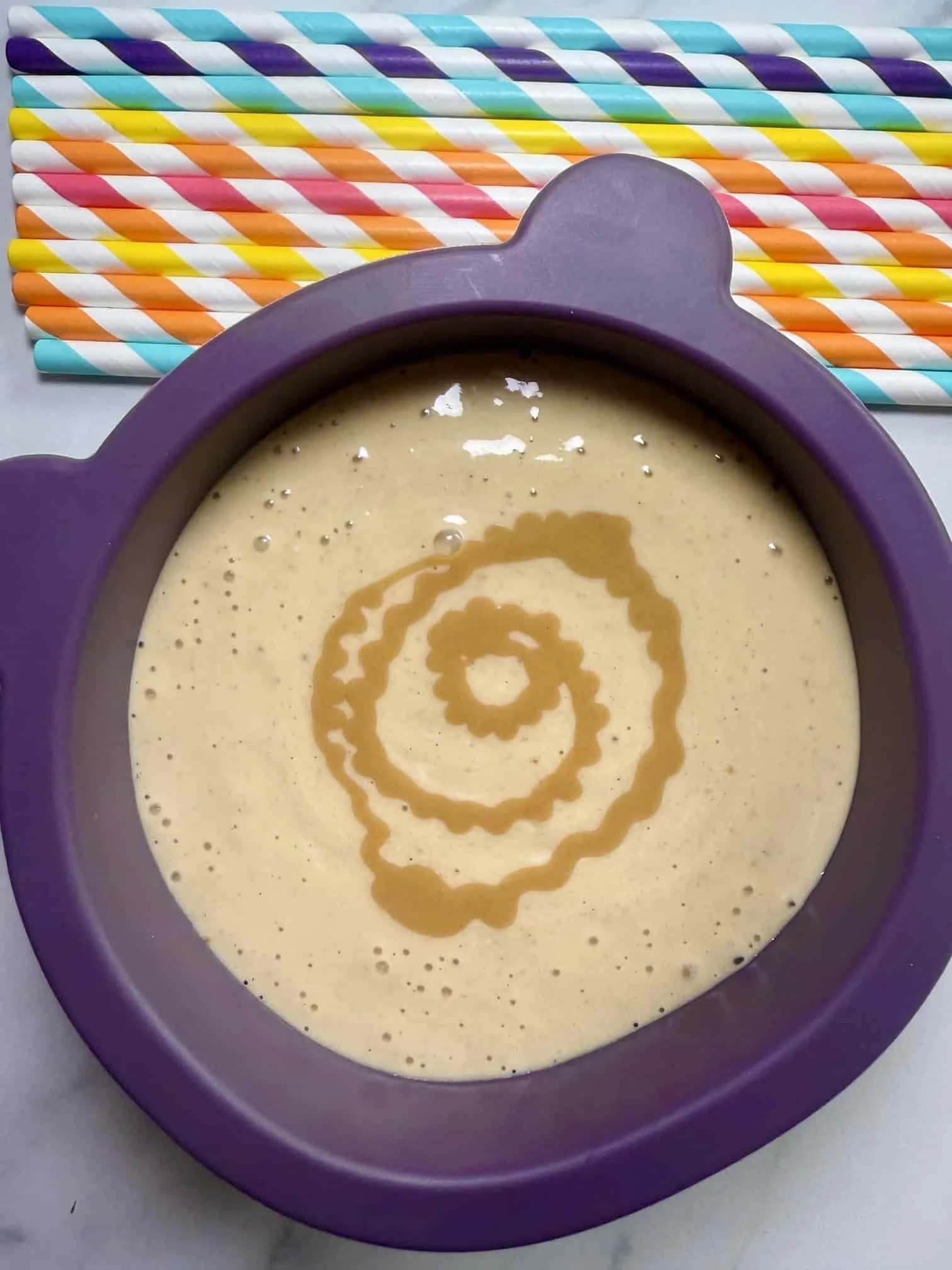
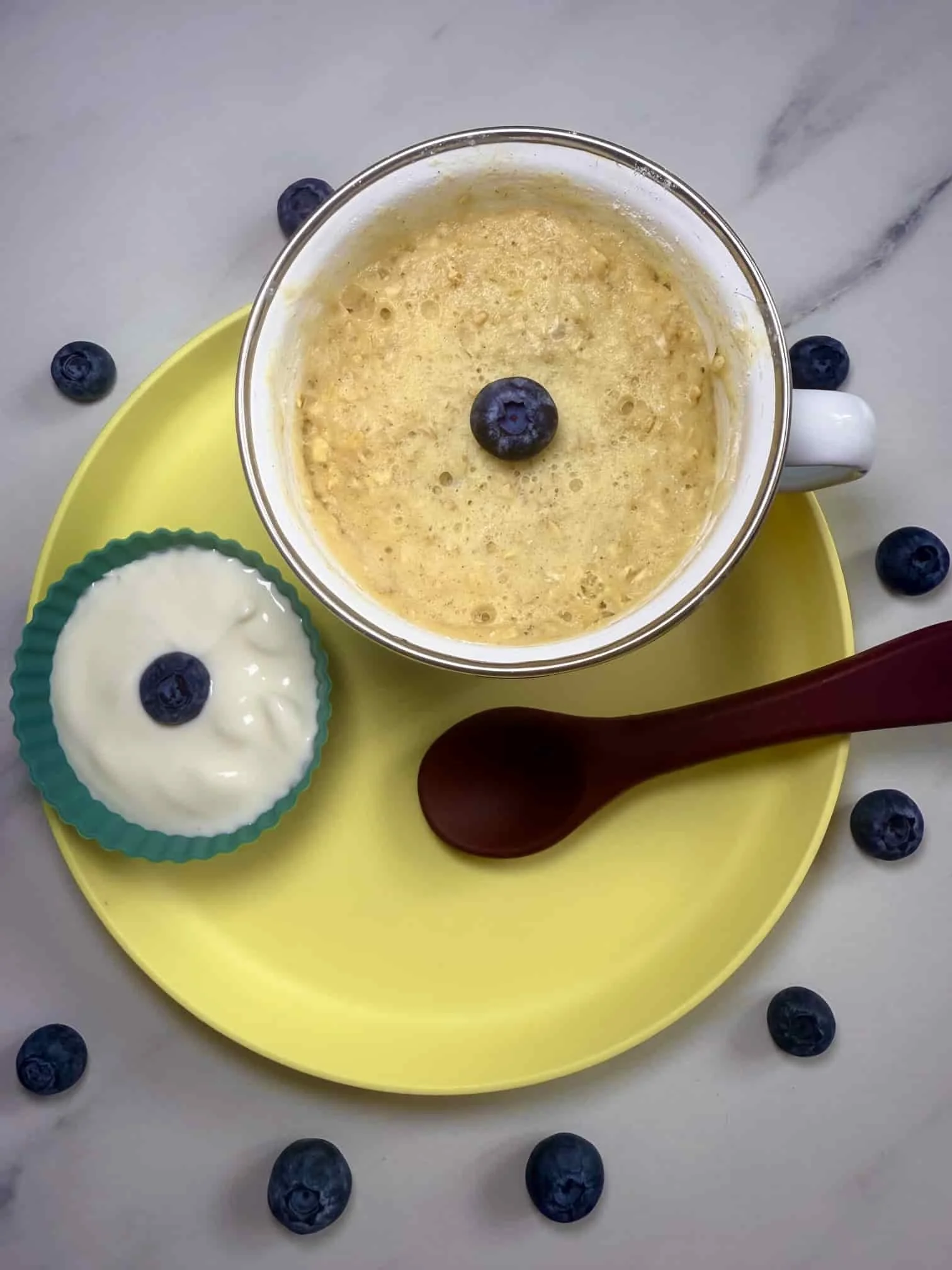
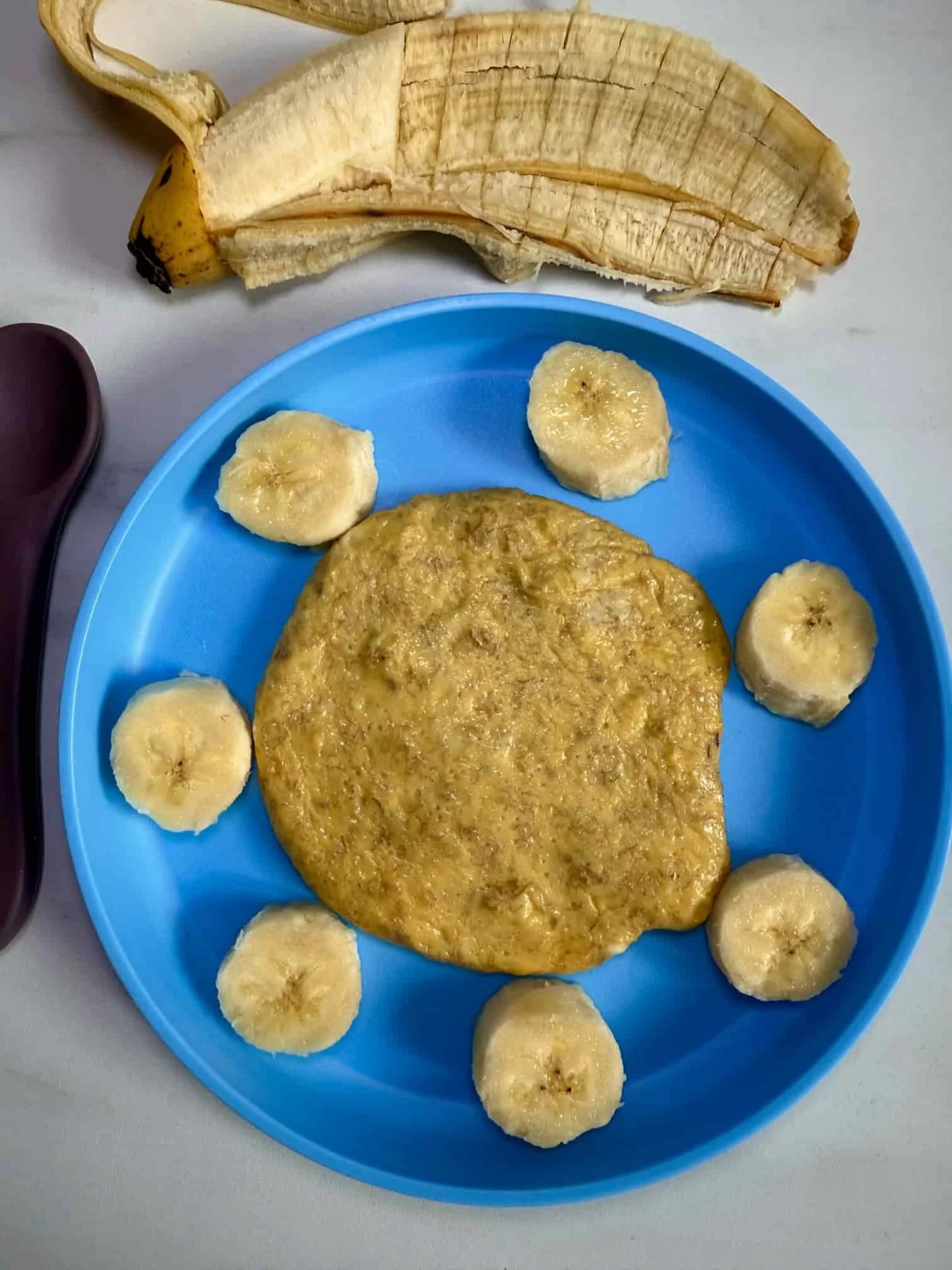







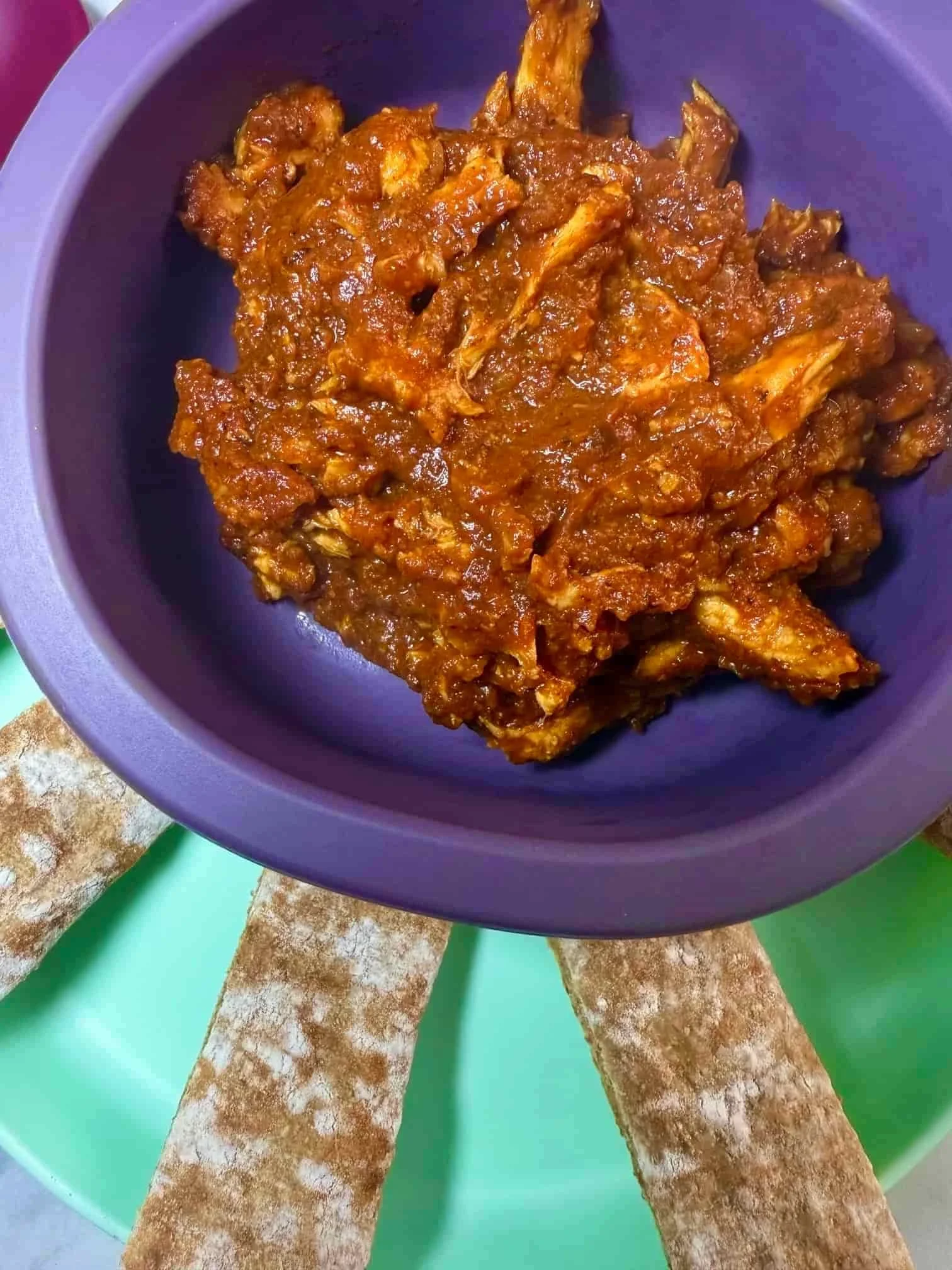
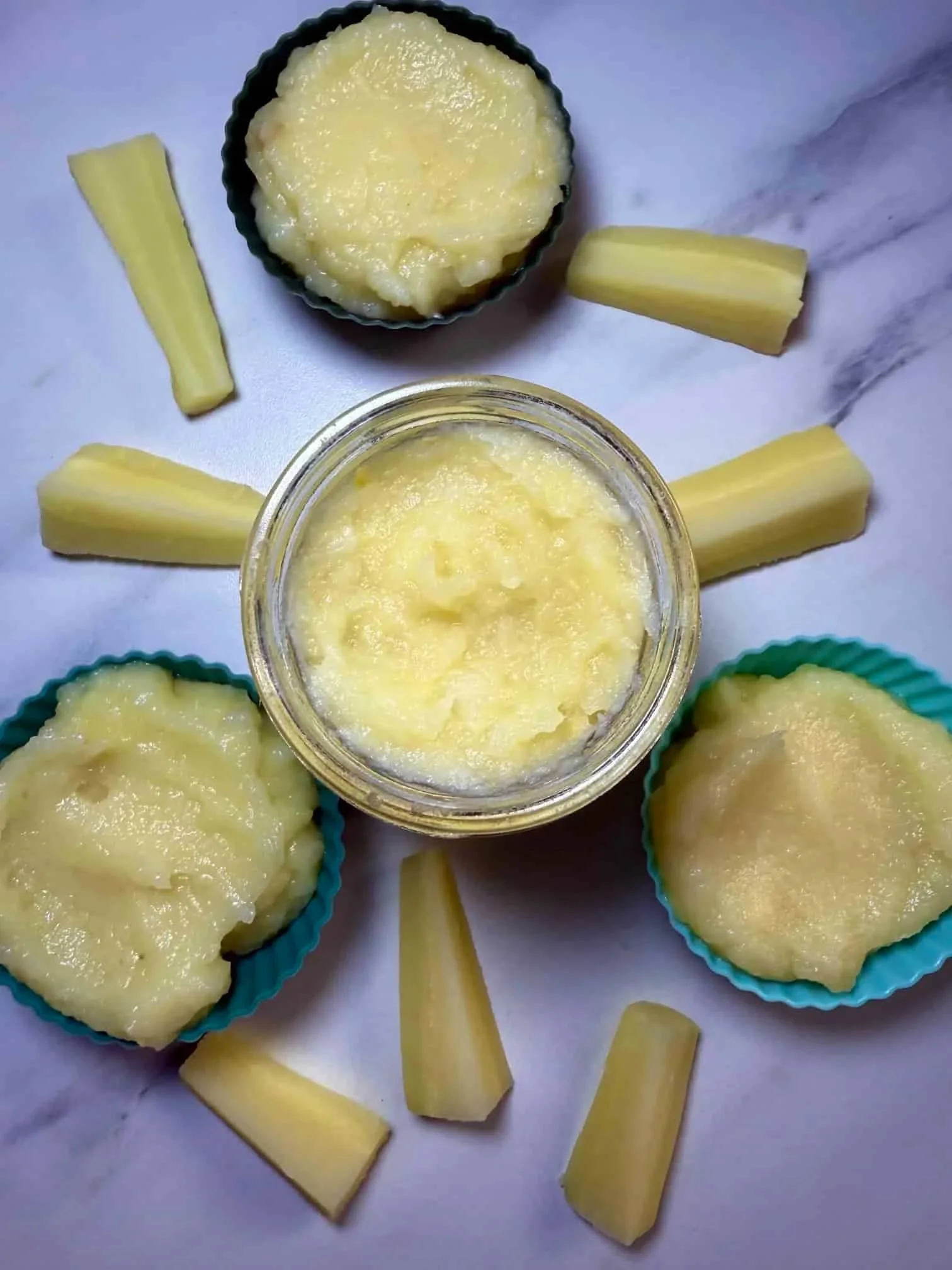

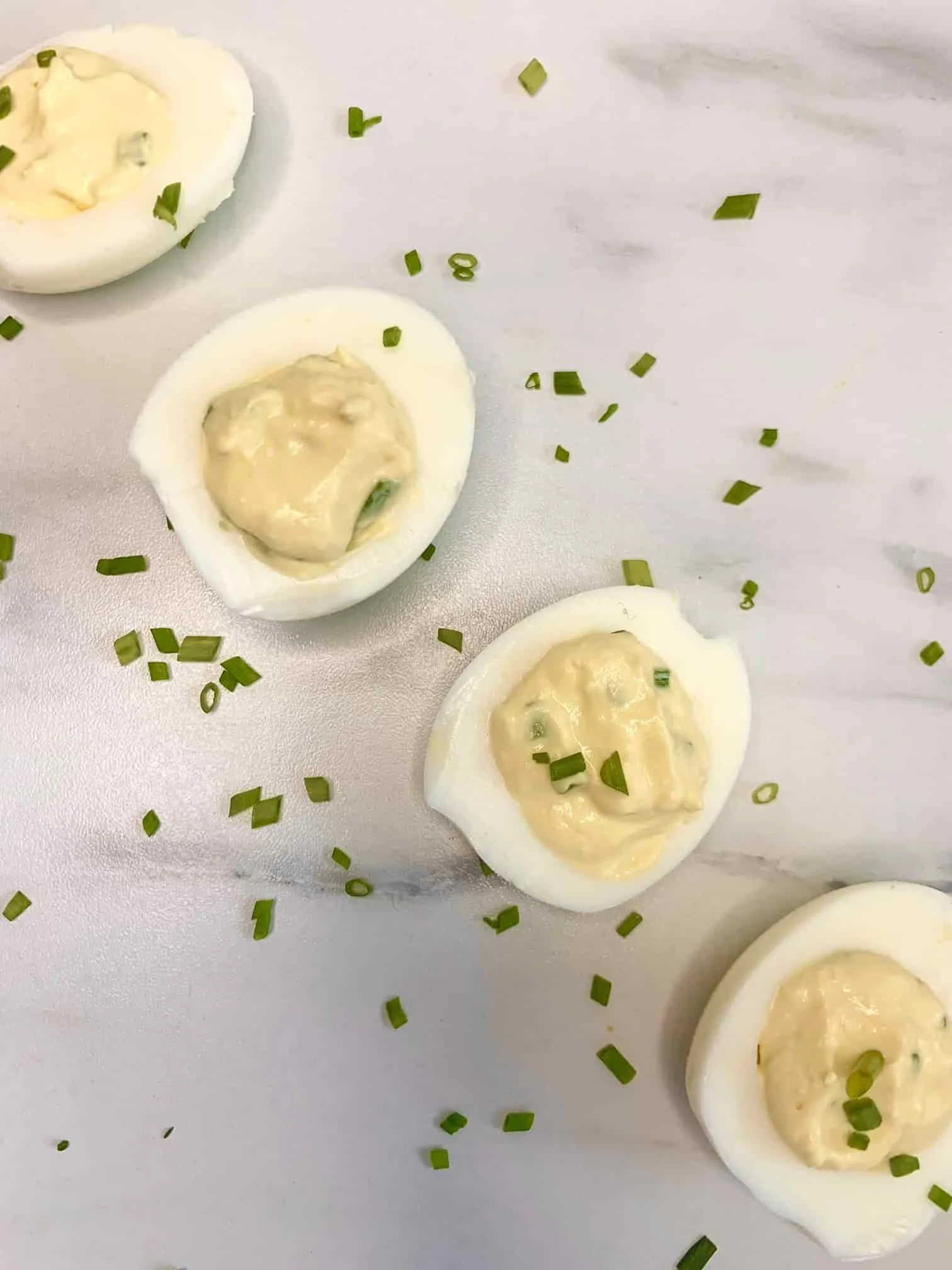


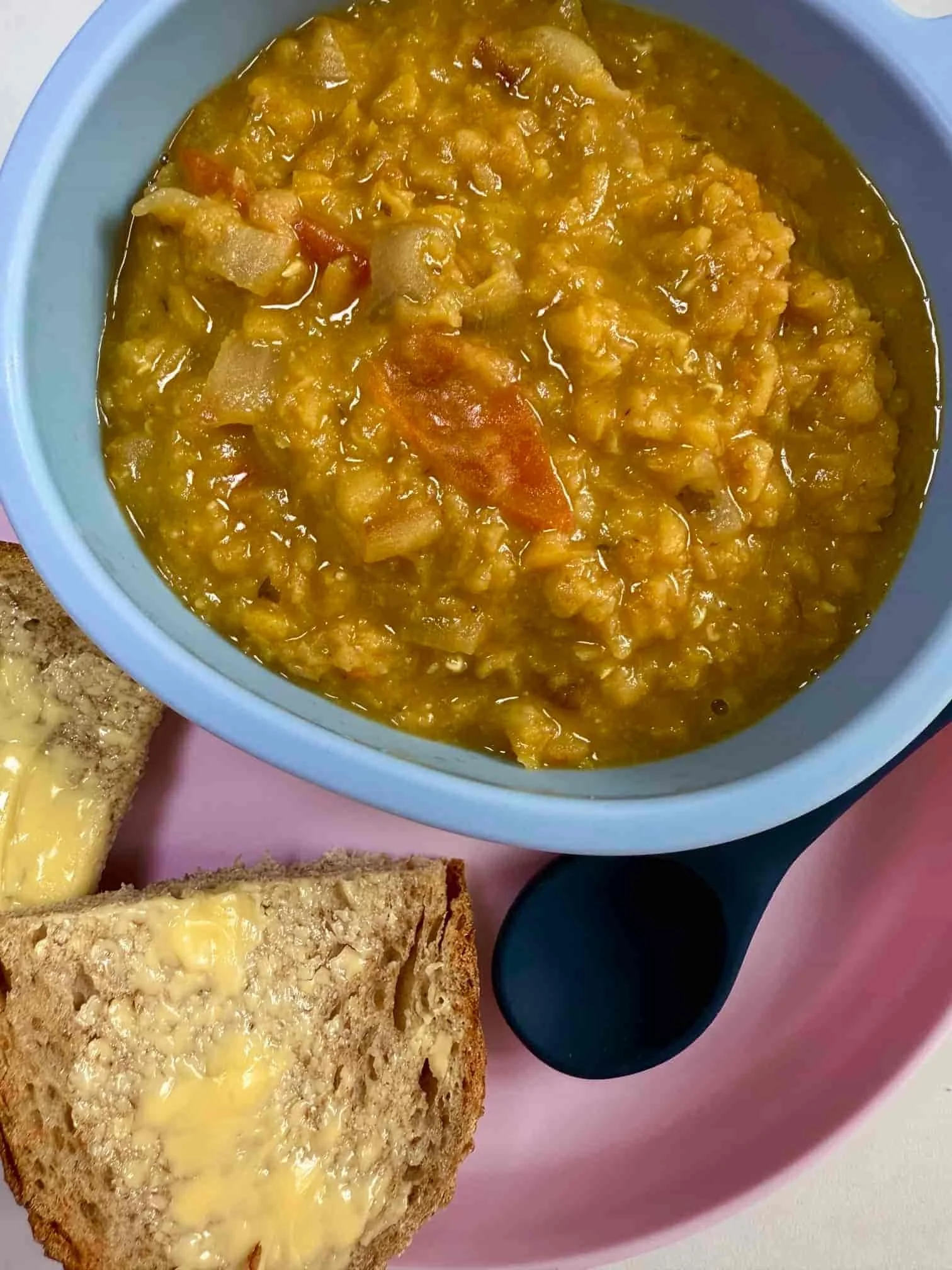









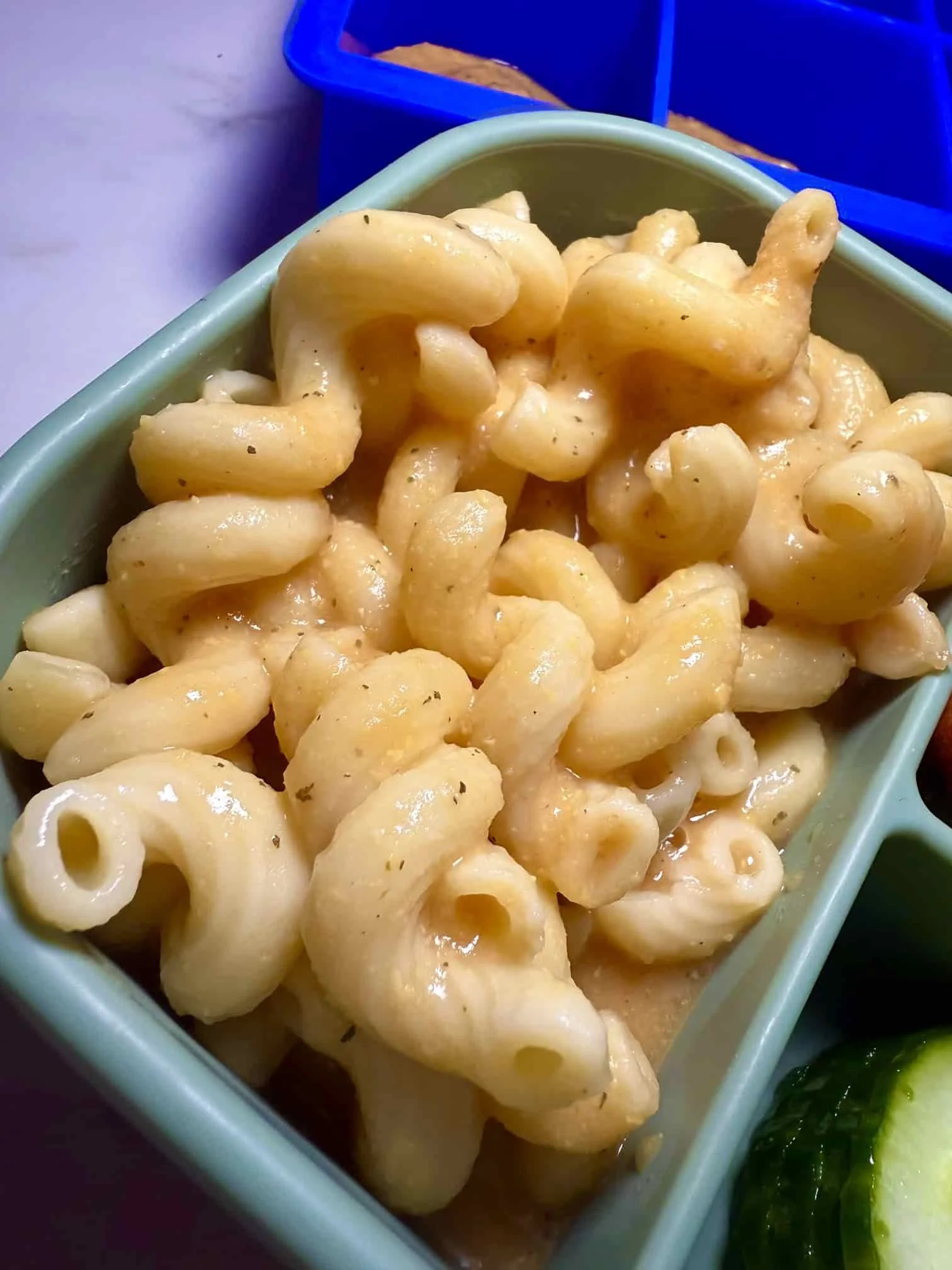



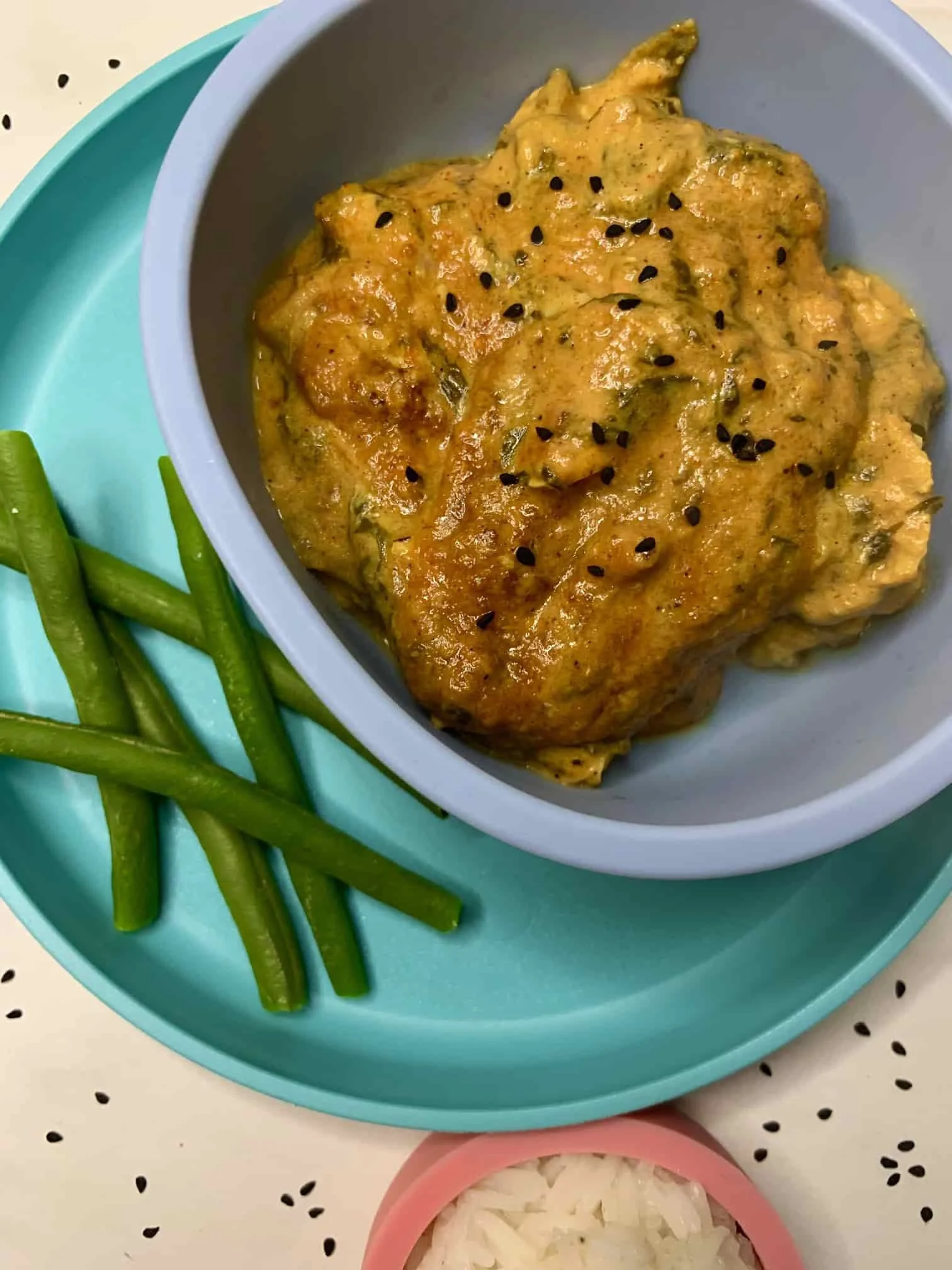

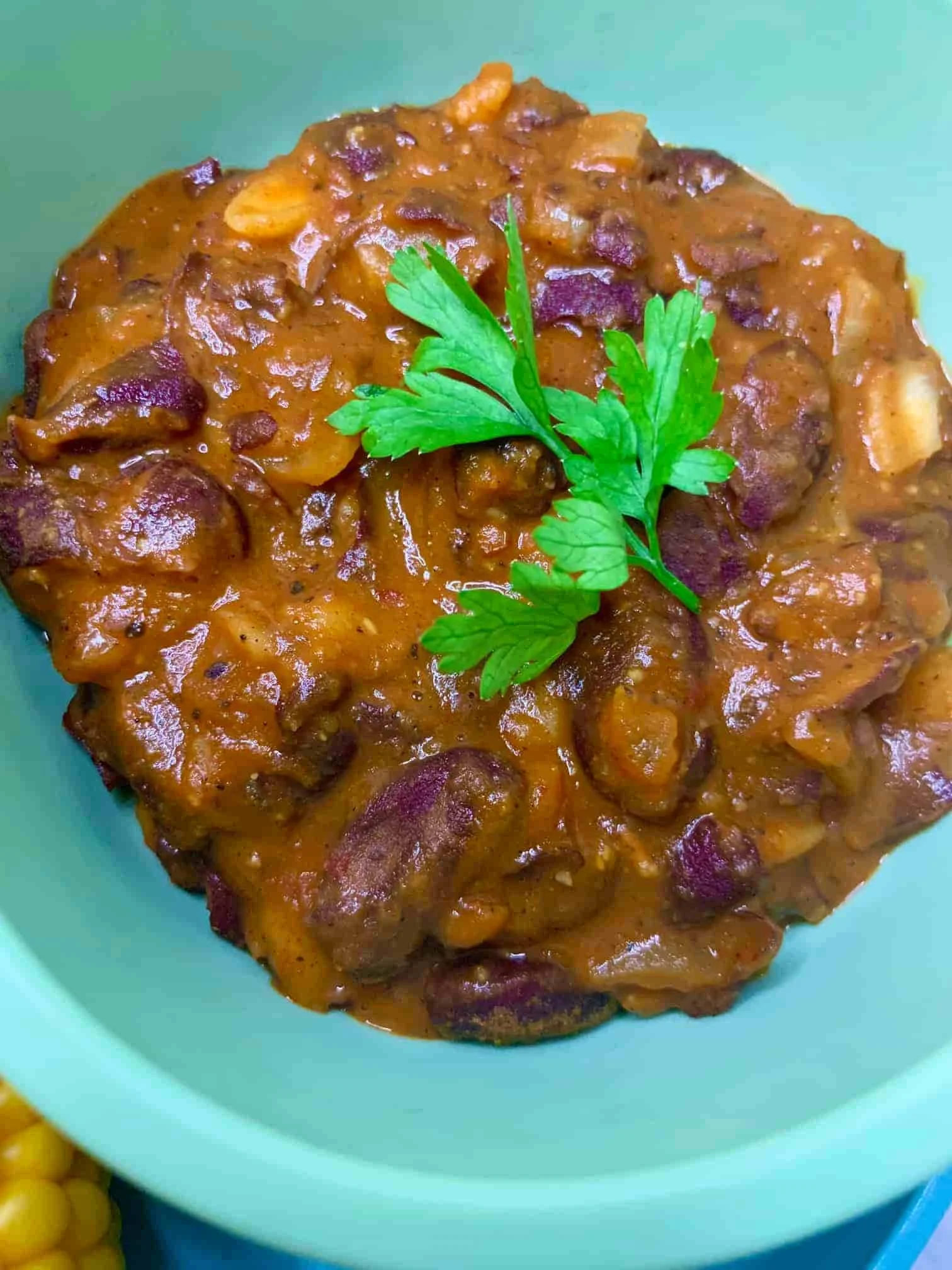
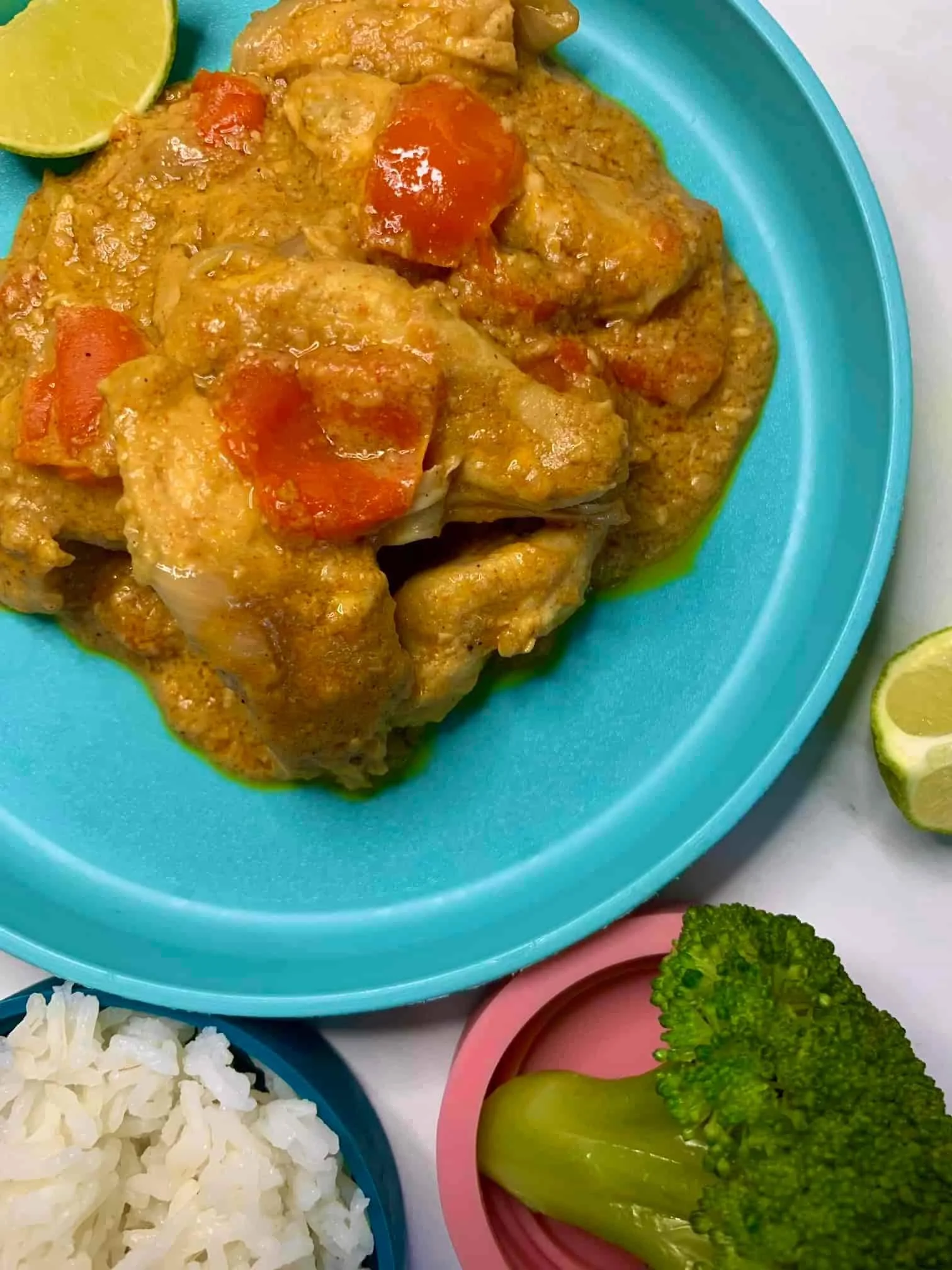

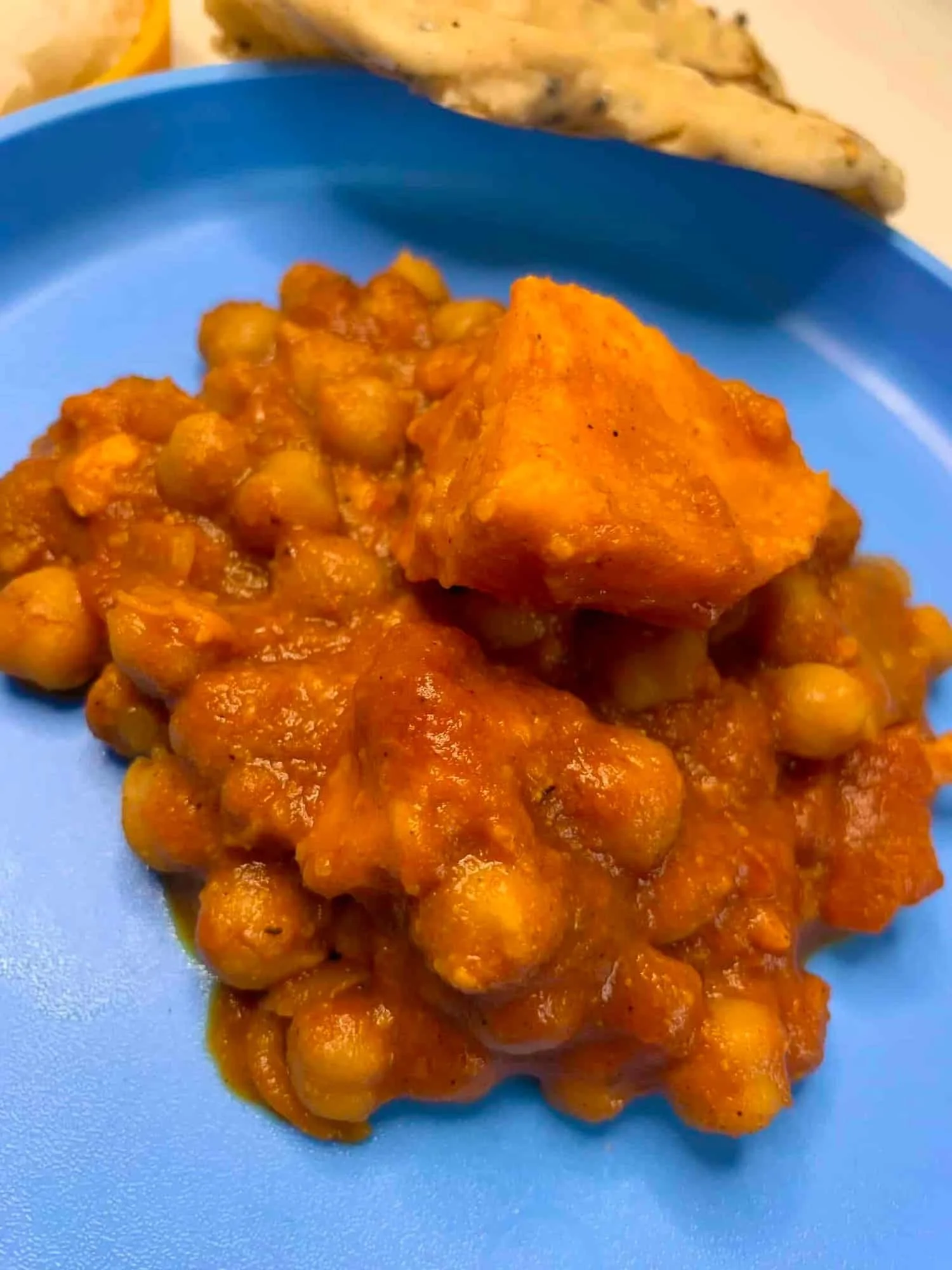


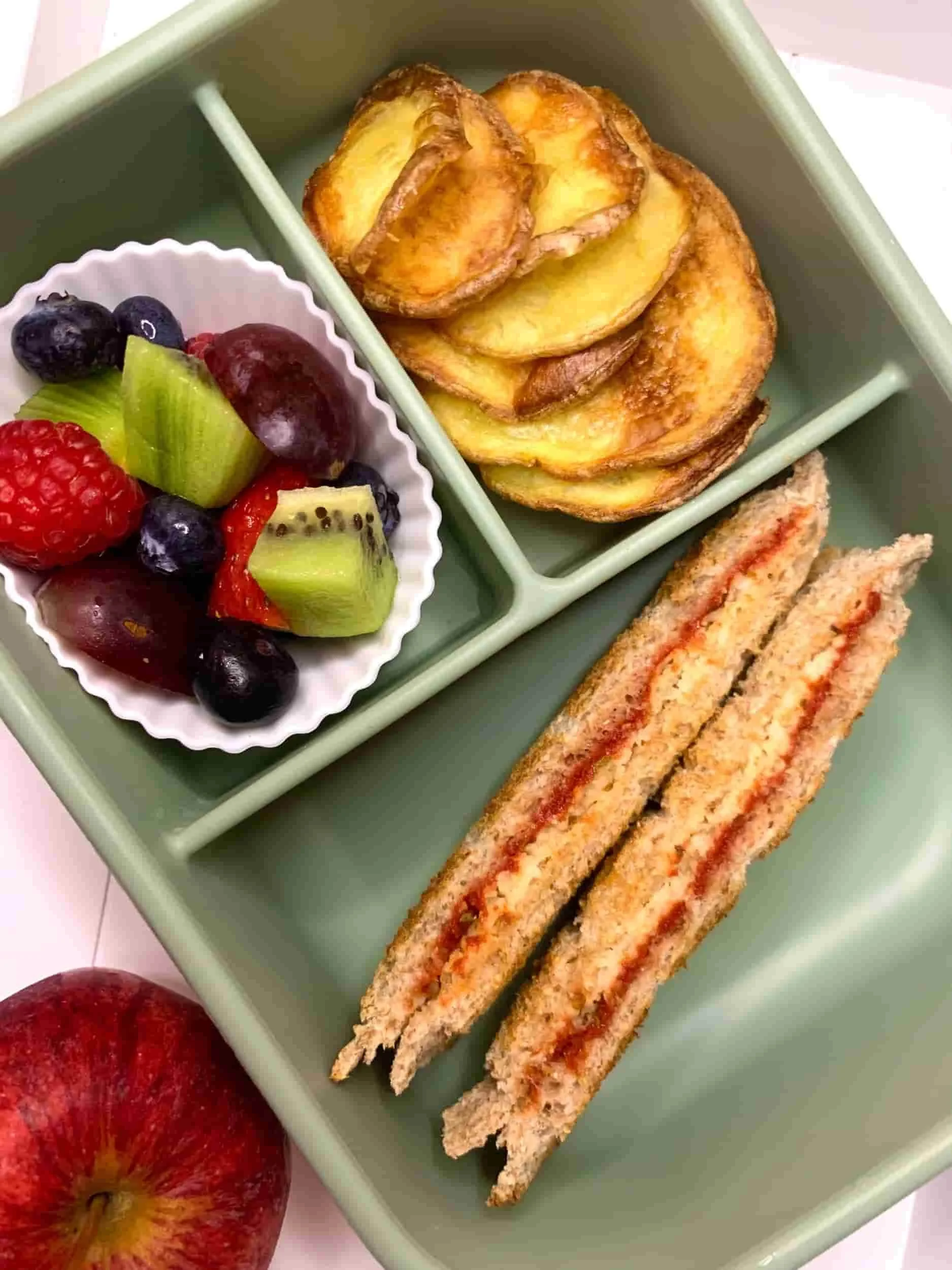
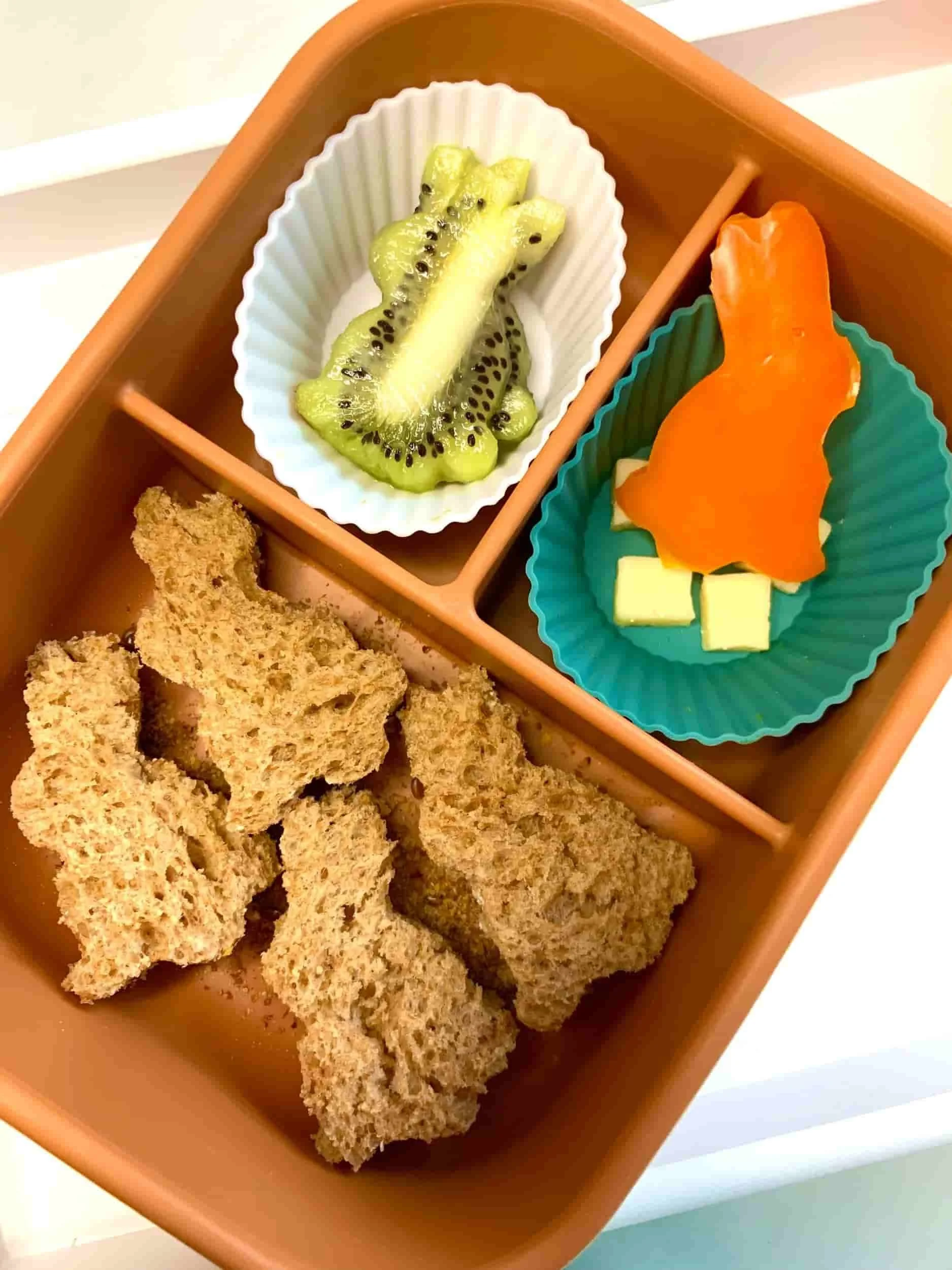


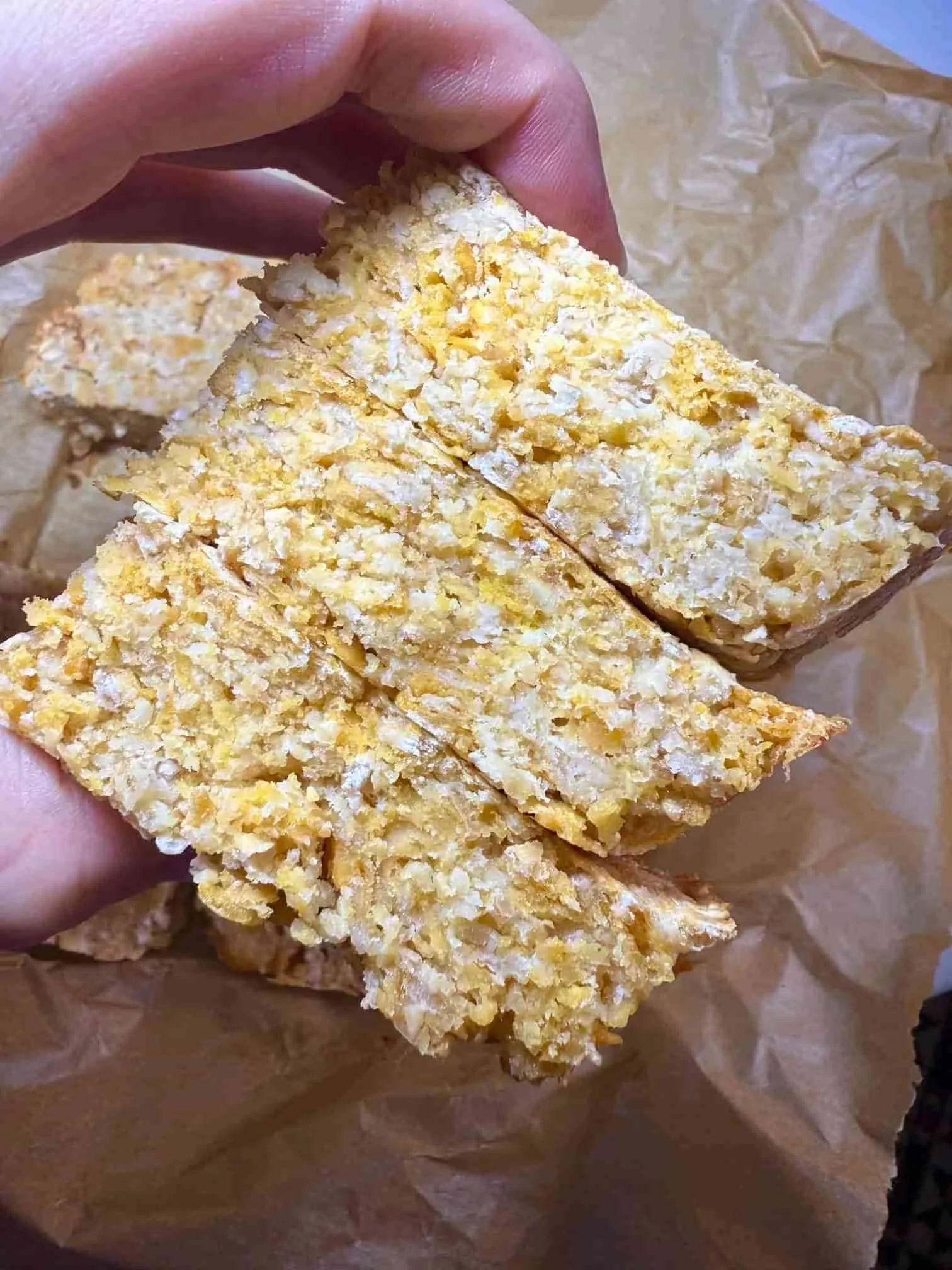


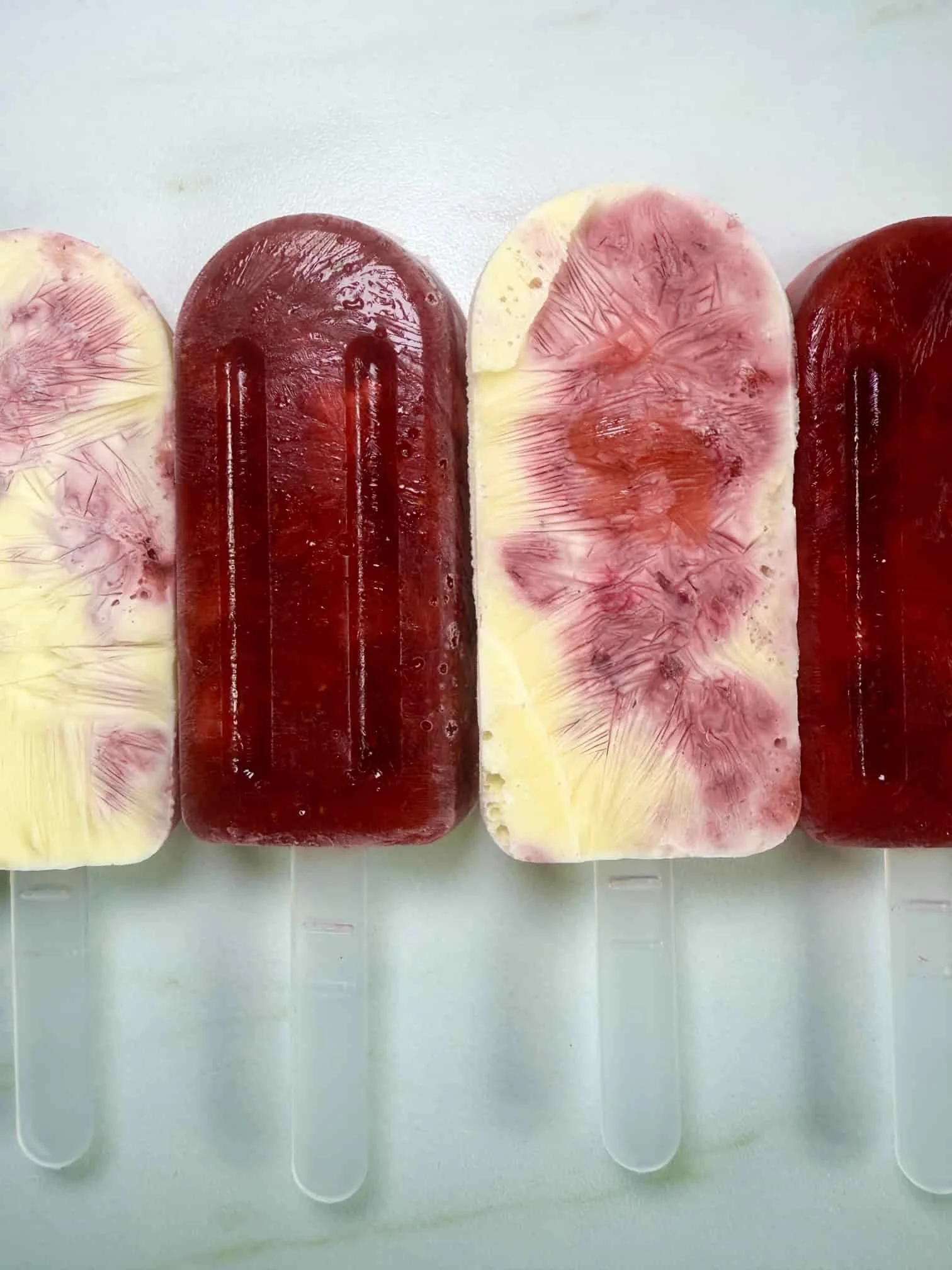
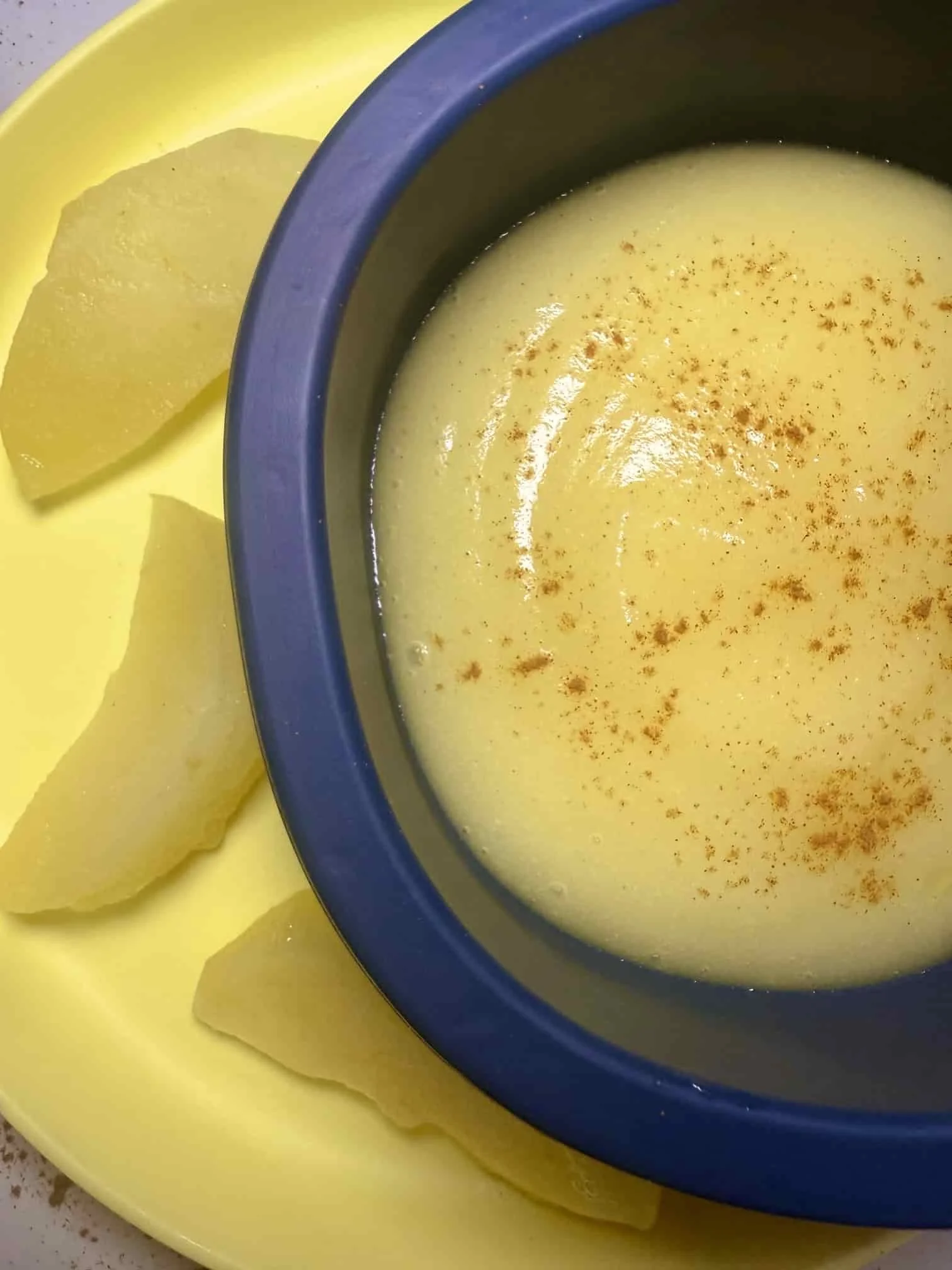
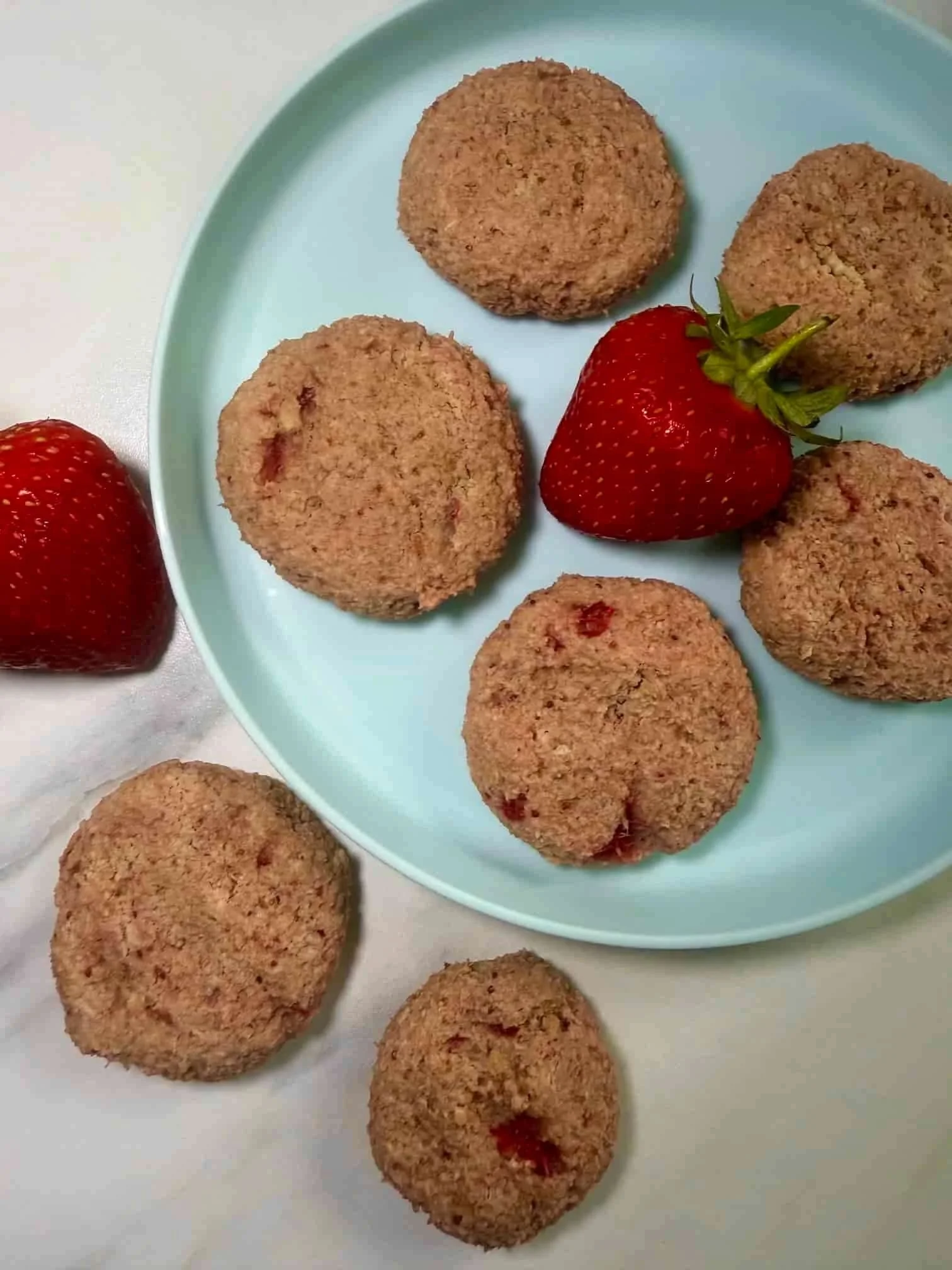
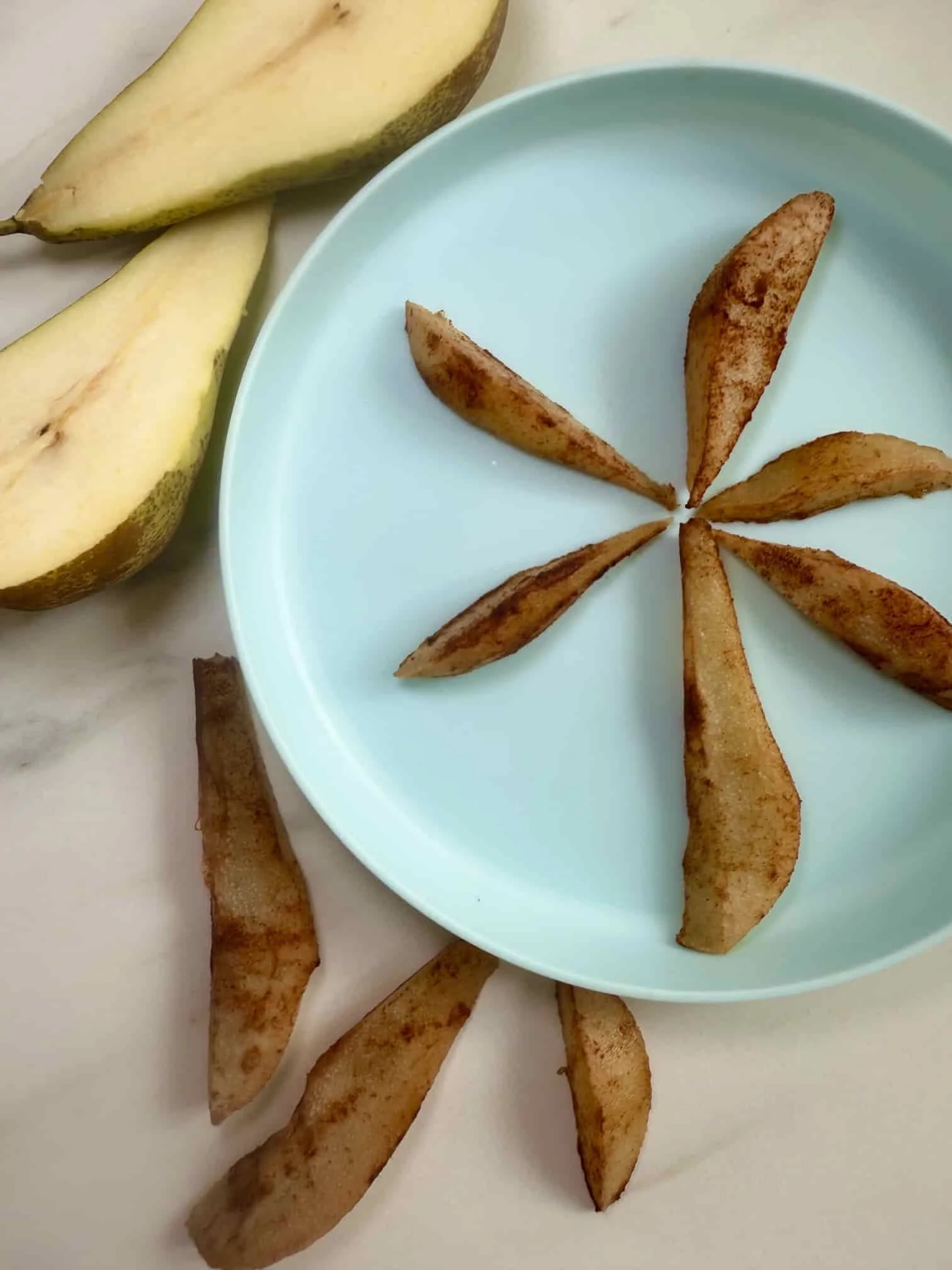















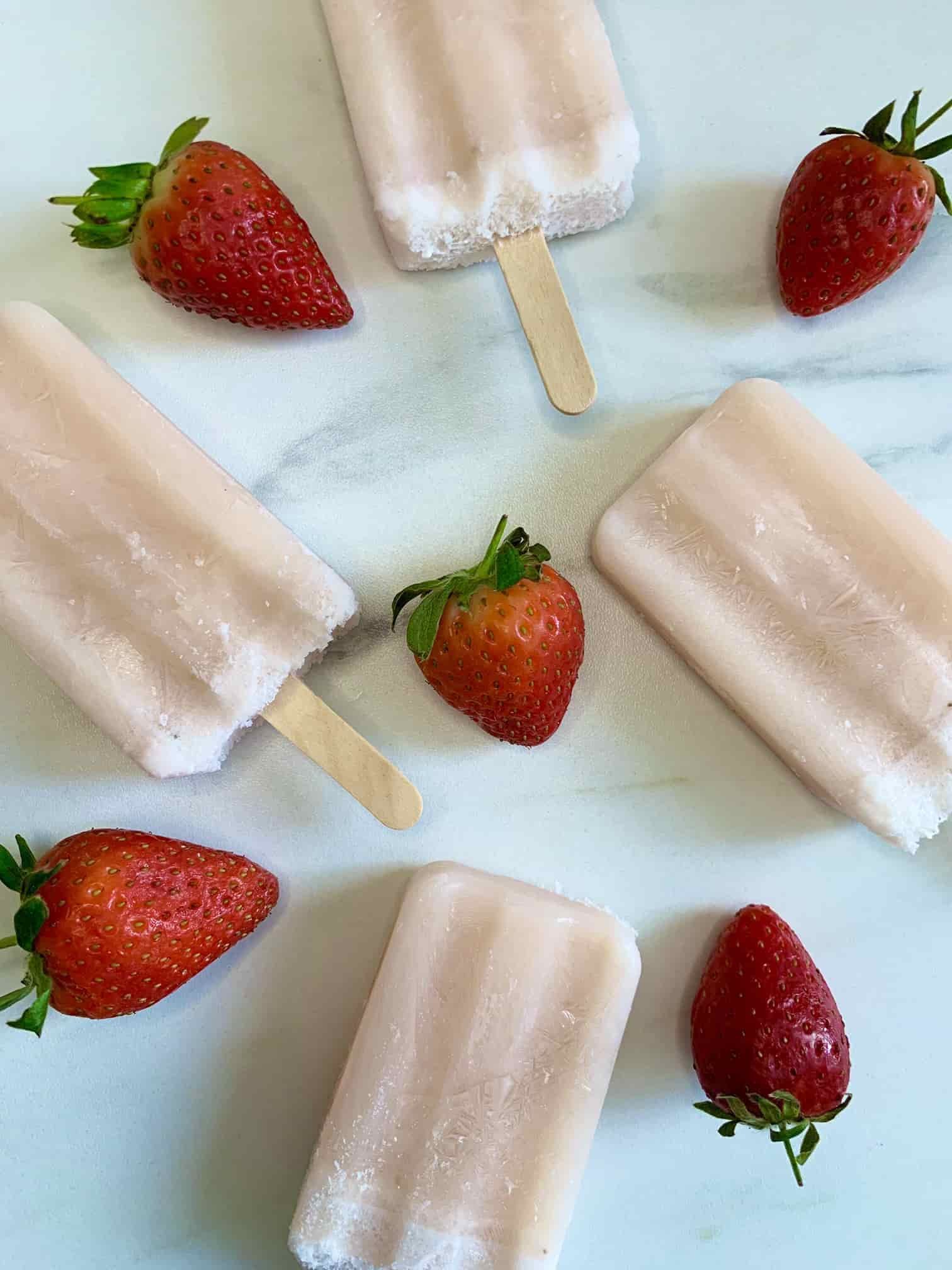









A delicious 2 ingredient prune puree recipe for baby food and baby led weaning. A great way to introduce new flavours to your baby and their taste buds.